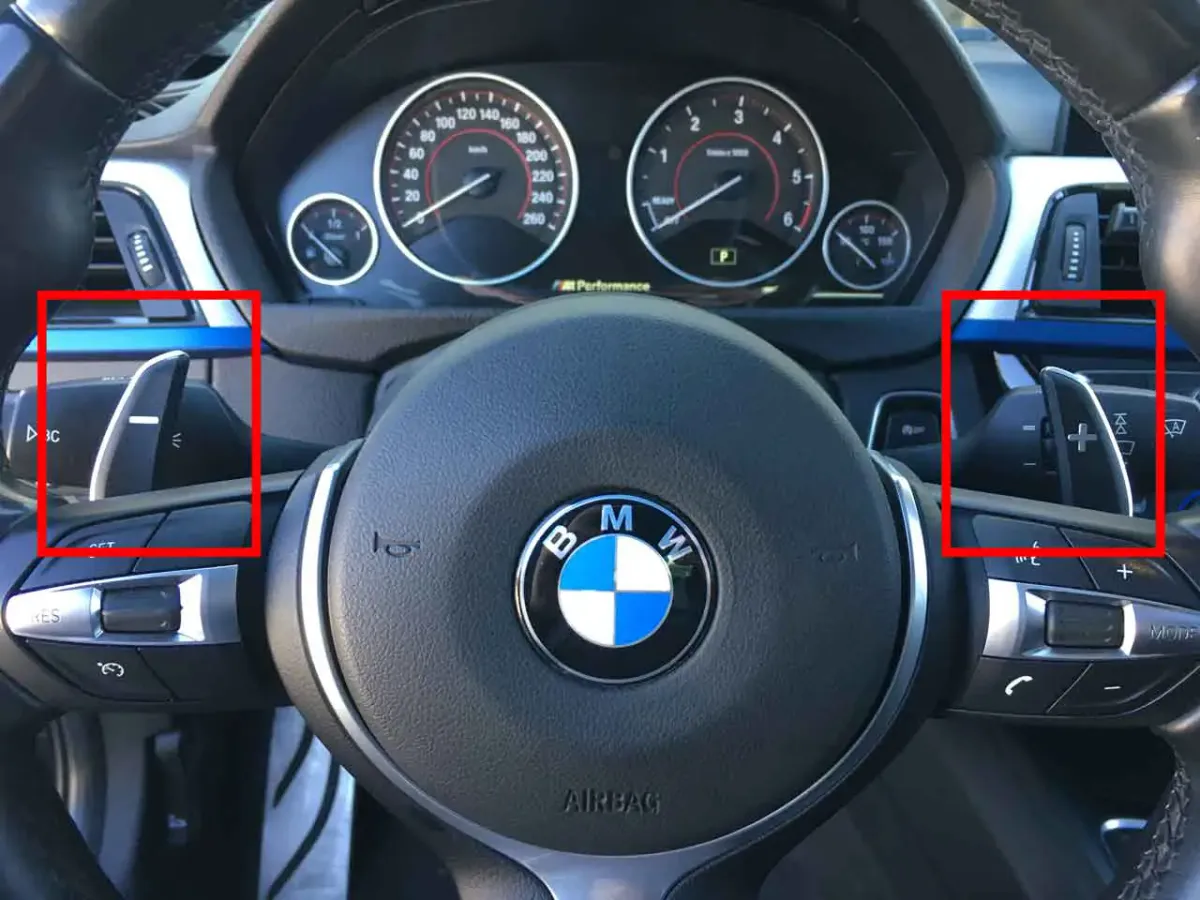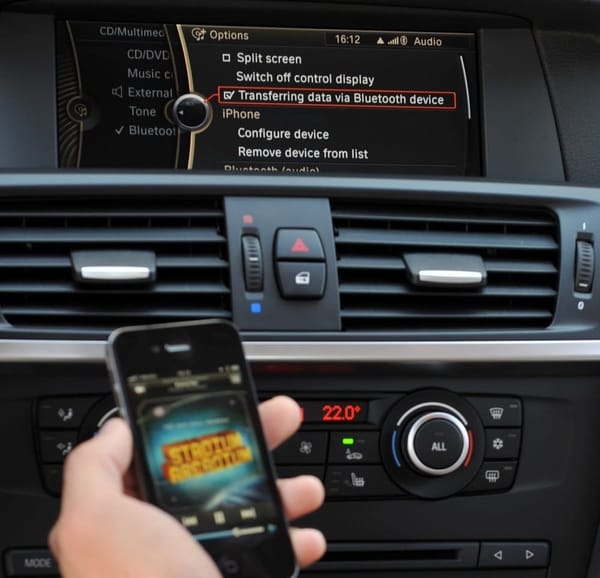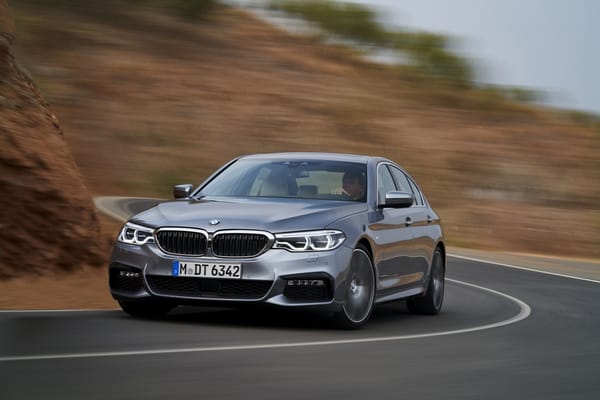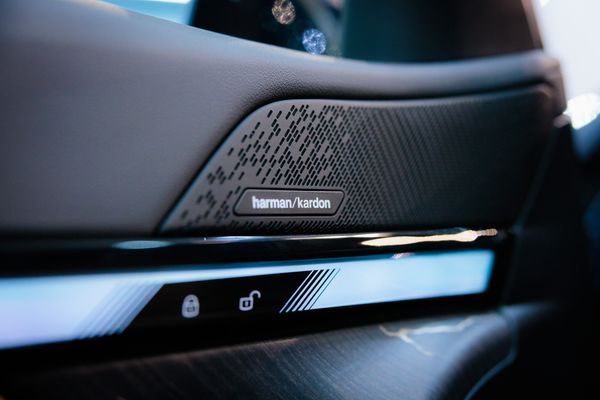BMW F2x F3x Paddle Shifter Retrofit Guide

Ahoy, BMW enthusiasts!
So, you've decided to elevate your driving experience by adding paddle shifters to your beloved BMW F2x or F3x. Let's just say, I wholeheartedly approve.
Not only do paddle shifters give you a more immersive and dynamic driving experience, but they also add that subtle touch of sportiness every BMW aficionado craves.
In this guide, we're diving deep into retrofitting paddle shifters for both the M-Sport (specifically the P710 M Sport Leather Steering Wheel) and the regular Sports steering wheel. Whether you're a DIY weekend warrior or just a curious car geek wanting to know how it all works, I've got you covered.
But before we roll up our sleeves and get our hands dirty, let's take a quick pit stop to understand the magic behind those paddles.
Ready to gear up?
A Quick Dive into Shift Paddle Mechanics
Alright, gearheads, let's kick things into high gear. Before we start tinkering and retrofitting, we ought to know what makes these little paddles tick.
Trust me; it's not as complex as it sounds, but it sure is fascinating.
Basics of the Paddle Dance

- Upshifting: Give that right paddle a slight tug, and voilà, you're climbing the gear ladder.
- Downshifting: A gentle pull on the left paddle, and you're dropping gears like a pro.
The Unsung Hero - The Steering Column Switch Cluster (SZL)
Here's a fun fact: the SZL isn't the brain behind the operation. It doesn't process the button signals. Instead, it acts like a loyal messenger, passing on your gearshift request without adding its two cents.
Signals, Signals, Everywhere
When you engage those paddles, they send resistance-encoded signals straight to the Front Electronic Module (FEM). Think of these signals as Morse code, telling the car precisely when to upshift or downshift.

Meet the FEM and its Control Center, the ZGM
The Front Electronic Module isn't just a passive receiver; it contains the central gateway module (ZGM). Picture the ZGM as the heart of the operation, a control unit snugly housed within the FEM. It's like the brain's brain, ensuring everything runs smoothly and seamlessly.
In the next section, we'll delve deeper into how the paddles communicate their magic. But for now, let this sink in, and give yourself a pat on the back. You're one step closer to mastering the art of the paddle shifter retrofit.
The Nitty-Gritty of Shift Paddles
Now that we've gotten our feet wet with the basics, it's time to wade into the deeper waters of shift paddle mechanics.
Let's unravel the intricacies that make these paddles more than just fancy levers.
Decoding the 2-pin Connection
Every shift paddle boasts a 2-pin connection. But here's where it gets interesting: messages are sent via a single SP_SIG line (pin 2). It's like having two phones but only using one to send all your texts.
The Art of Resistance Encoding
Resistance isn't just a term for those gym workouts. In our paddle world, the left and right shift paddles are resistance-encoded. This means the left paddle speaks its own language, different from the right one. It's as if one paddle speaks French, and the other, German. This unique encoding ensures the system knows exactly which paddle is calling the shots.
A Cautionary Tale: The Missing Link
Some BMWs, especially certain 4-cylinder base versions, are like the black sheep of the family. They lack the signal line connecting the steering column switch cluster to the front electronic module. I've yet to find a rhyme or reason for this oversight, but it's essential to be aware of it.
The BMW Model Shuffle
Resistance encoding isn't universal across all BMW models. For instance, the F10 paddles and the F30 are like oil and water—they just don't mix. Similarly, the F82 M4 paddles follow their own beat. But here's a pro tip: the paddles we're discussing in this guide are aftermarket darlings tailored for the F30. They're doppelgängers of the F8x paddles.
DIY Alert: The Resistor Fix for F8x Paddles
If you're eyeing those genuine BMW F8x paddles for your F2x or F3x, there's a small hurdle. You'll need to play surgeon and replace soldered resistors inside. It's a tiny operation but crucial for compatibility.
By now, you should feel like you've earned a mini-degree in paddle shifter mechanics. But hold onto your hats; we're just getting started. Up next: the actual retrofit procedure, where we roll up our sleeves and dive into the heart of the action.
Retrofit Procedure: Choosing Your Path
We're at the crossroads, folks. It's decision time. As we embark on this retrofit journey, there are a few routes you can take.

Let's navigate them together to find your perfect fit.
The Genuine BMW Route
Ah, the allure of authenticity. If you're a purist at heart, this path might resonate with you. Opting for genuine BMW parts ensures a seamless fit and optimal performance.
But here's the rub: your wallet might feel a tad lighter.
A genuine retrofit could set you back around $650-700. But hey, for some, that's a small price for peace of mind and brand loyalty.
The Aftermarket Adventure
For the brave souls who love a little risk and potential reward, the aftermarket beckons.
These kits, especially the ones tailored for the M Sport steering wheel, can vary in cost, from a budget-friendly $100 to a mid-range $200.
But a word of caution: quality can be a hit or miss. Some kits rival the genuine BMW parts in performance, while others... well, let's just say they're a bit temperamental.
Case in point: some require an ungodly amount of force to shift gears due to subpar electronics housing. Tread carefully, and remember: sometimes, you get what you pay for.
The DIY Dive
For the adventurous tinkerers who love getting their hands dirty, there's the option of retrofitting used parts or even making modifications yourself.
If you're retrofitting the M sport steering wheel, you'll need to refresh the back trim. For the sport or basic wheel, it's a choice between a full replacement or some crafty modifications to accommodate the paddles.
Either way, it's a hands-on experience that can be both challenging and rewarding.
M Sport Steering Wheel Insight
I've often leaned towards the M4 paddles combined with an aftermarket kit. The cost usually hovers between $150 and $200, but if you're a savvy shopper, deals can be found for under $100 on platforms like AliExpress.
Just remember, with aftermarket kits, consistency isn't their strong suit.
One batch might be a dream come true, while the next feels like a dud.
Quality Control
It's worth reiterating: the aftermarket world can be a wild west of quality. Some kits feel and operate just like the genuine BMW parts.
Others, not so much.
It's a gamble, but for those willing to take the risk, the rewards can be sweet.
With the options laid out, take a moment to mull it over. Once you've chosen your path, it's full steam ahead into the nitty-gritty of the retrofit process.
Buckle up; it's about to get real.
Getting Your Hands Dirty: The Retrofit Process
Here we are, at the heart of the action. If you've made it this far, give yourself a nod of approval.
Now, let's channel that inner mechanic and dive into the step-by-step process of making those paddle shifters a reality.
Gathering Your Troops - The Parts List
- M-Sport Steering Wheel: The centerpiece of our operation.
- Steering Wheel Trim: The unsung hero that ensures everything looks sleek and seamless.
- Left & Right Shift Paddle: Our stars of the show.
- Steering Wheel Wiring Harness: The lifeline that connects our stars to the main stage.
The Step-by-Step Breakdown
Removing the Steering Wheel:
- Safety first! Disconnect the battery to ensure no accidental airbag deployments.
- Locate the access holes behind the steering wheel. Using a flat screwdriver, release the spring clips holding the airbag module. Remove it and unplug any connectors.
- There's no need to mark the steering wheel's position.
- Remove the steering wheel.
Swapping Out the Steering Wheel Trim:

- Remove any screws or clips securing the trim.
- Carefully pry away the old trim, ensuring no damage to any connectors or wires.
- Align the new trim and secure it in place.
Installing the Shift Paddles & Wiring Harness:

- Position the paddles in their designated slots on either side of the steering wheel.
- Secure them with the provided screws or clips.
- Route the wiring harness, ensuring a clean and tangle-free setup.
- Connect the harness to the paddles and any corresponding connectors on the steering wheel or column.
Voila!
The physical installation is complete.
Give yourself a high-five, but keep those gloves on.
We're not done just yet.
Up next: ensuring all those wires and connectors communicate flawlessly with your BMW's brain.
Wiring Essentials
Alright, wizards of the wire, this section's for you.
With the paddle shifters snugly in place, we need to ensure they're talking the right language to your BMW's electronic system.
Let's dive into the world of pins, connectors, and signals.
The Missing Wire Mystery: If you recall our earlier cautionary tale, some BMWs play hard to get by missing the crucial signal line. If yours is among these elusive models, fear not.
You'll simply need to route a solo wire from the steering column switch cluster (SZL) straight to the front electronic module (FEM).

Pin Assignments for A83*2B:

- Not used
- Not used
- Signal Shift Paddles (SP_SIG): Our VIP line for paddle communication.
- Not used ... and so on.
Making the Connection to the Front Electronic Module (FEM):

- Locate the A173*7B connector.
- Connect the SP_SIG wire to this connector at PIN 5 (Shift paddles signal).

With the wires connected and in sync, your paddle shifters are almost ready to dance to your every command. But before they can truly shine, there's one final task: coding.
Stay with me; we're on the home stretch!
The Final Frontier: Coding the Shift Paddle
Alright, coding crusaders, it's the moment of truth. With the hardware set up, we now venture into the digital realm to make sure your BMW understands the new instructions coming from those shiny paddle shifters.
E-Sys: Your Coding Companion: For those unfamiliar, E-Sys is BMW's proprietary software for coding, flashing, and more. If you're new to the game, it might look daunting, but fear not – we'll walk through this together.
Option 1: Coding with Sport Automatic Transmission (2TB):
- Fire up E-Sys and connect to your car (F020).
- Venture into Expert Mode.
- Read and activate FA (your car's coding data).
- Calculate FP (Functional Profiles) and save.
- Open the FA editor and swap FA from 205 to 2TB.
- Save and VO code the following modules: FEM_BODY, ICM, KOMBI, and EGS.
Option 2: Coding Only the Shift Paddle Function:
- Launch E-Sys and link up with your car (F020).
- Select Expert Mode > Coding.
- Read and Activate FA.
- Dive into the ECU tree and select FEM_BODY.
- Read the CAFD (Coding Application Data).
- Edit the CAFD at FEM_BODY > 3190 PADDLE_VERBAUT, switching from "nicht_aktiv" to "aktiv".
- Save your edits.
- Head back to Expert Mode > Coding and finalize with Code FDL.
And with that, my friends, the coding saga concludes! Your paddle shifters should now be fully functional, ready to upshift and downshift at your slightest touch.
Whether you're hitting the racetrack or simply cruising the open road, enjoy the enhanced driving experience and the satisfaction of a job well done.
Happy motoring!





